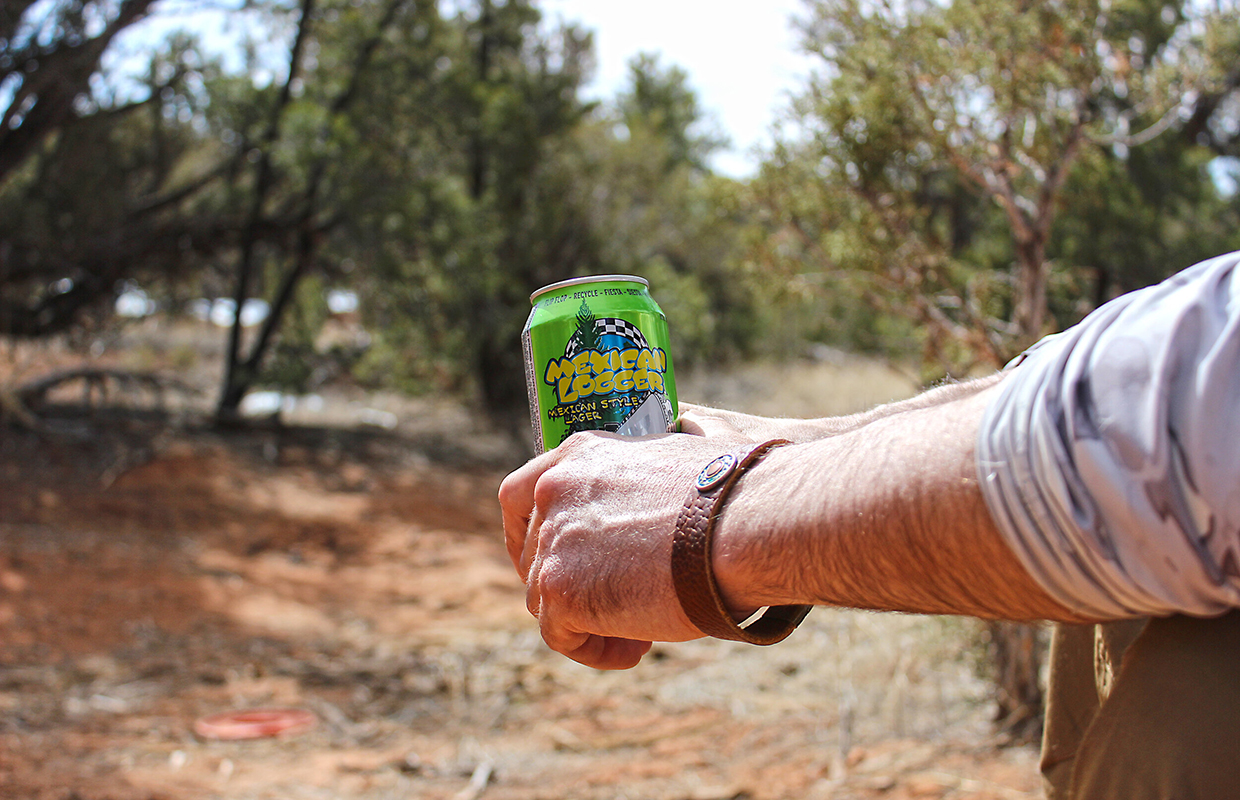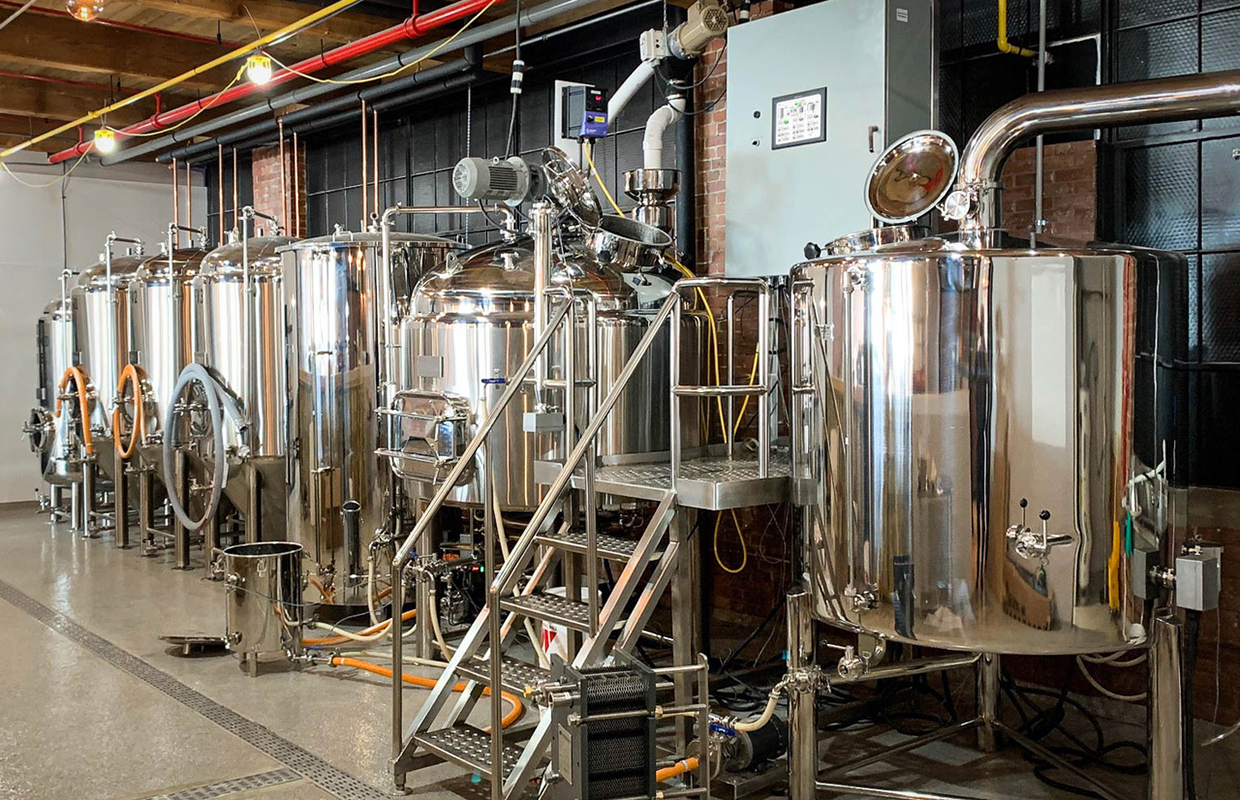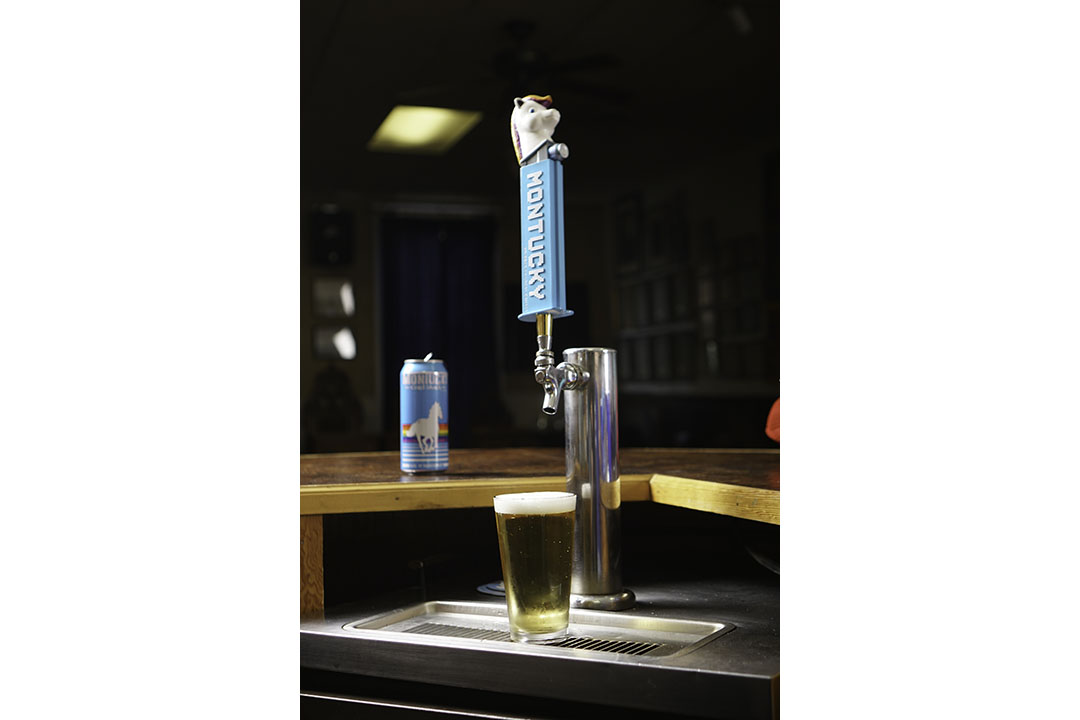
Starting on a 30-barrel brewhouse a decade ago and churning out just two flagship brands, a dry-hopped Pale Ale called Field 41 and a West Coast IPA called Topcutter, Yakima’s Bale Breaker celebrated its 10th anniversary with the addition of Daybreak Pale Ale & Skyward IPA to its flagship portfolio.
Now armed with two Pale Ales and two WCIPAs may seem a tad odd, but it made perfect sense to the family-run company that is the November/December cover story for Brewer this year.
“It’s in celebration of 10 years, we kind of went back to our roots and took everything we’ve learned over the last 10 years and came out with the younger brother and younger sister to Field 41 and Topcutter,” explained co-founder Meghann Quinn.
When Bale Breaker opened in 2013, brother and co-founder Kevin Smith explained that they started with and kept a philosophy that they want to make beer that they want to drink.
READ MORE: Skyward IPA Taking Flight from Bale Breaker
“The Pacific Northwest IPA was typically a little more caramel forward, a little sweeter, higher bitterness, less aromatics,” he said. “It was good style of beer — it’s what we grew up drinking — but, we just kind of found out when we’re doing trials, we like our beers dry, paler, with higher fruity aromatics, things like that.
“That kind of drove our identity a little bit. And so we still focus on that. All of our core production beers are dry, restricted malt, let the hop shine but in ways that are palatable not just … bitterness.”
When Topcutter came out 10 years ago, Smith said it was pretty modern for the Pacific Northwest.
“It was way drier than a lot of beers up here with less malt character, more of what you’re seeing West Coast IPAs now,” he said. “But then we never just stuck to it. Over the last 10 years … we’re looking at how we can keep that beer relevant in the market for consumer tastes. It’s way different than it was 10 years ago. But you’ve never really noticed. It just kind of stays relevant as we learn new techniques and see how consumers’ tastes are changing.
“We will never make it a Black IPA, or massively change the hops. It’s going to be Citra and Simcoe leading it for the last 10 years, but it was always trying to be somewhat modern.”
Quinn said they had to train people that hoppy doesn’t mean bitter.
“Hoppy means smell, it means so much more than just bitter,” she said. “I think people finally up here in the Pacific Northwest now can identify that hop does not mean ‘bitter-face man” from the 1990s commercials.”
When they were selling just two beers, fellow co-founder Kevin Quinn said Topcutter was 68% of its sales.
“We have 10 year-round beers now, and it’s 50%,” he said. “The key for the next 10 years is going to be finding like what’s our second Topcutter (6.8% ABV, 70 IBUs).”
Creating an updated version like Skyward (6.5%, 60 IBUs) is a hope of that.
Now, with a five-barrel pilot brewhouse in Yakima and a seven-barrel facility in Seattle, Smith said if you aren’t innovating, you’re probably falling behind.
“We’re always looking at the new stuff,” he said but admits one of the worst things they’ve done was not being an early adopter of Hazy IPA.
“We kind of resisted because we like clear beer and then started realizing you can do this or put a West Coast spin. It doesn’t have to be zero IBUs,” he said. “Once the style started evolving, we caught on. When there’s a wave, ride it, and let’s see where it is. If it’s something that we want to drink.”






Be the first to comment